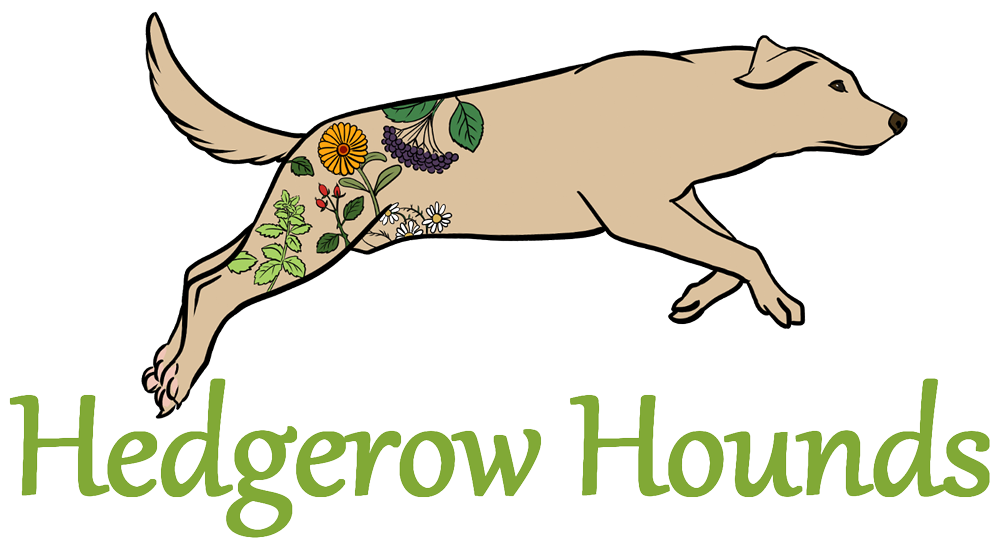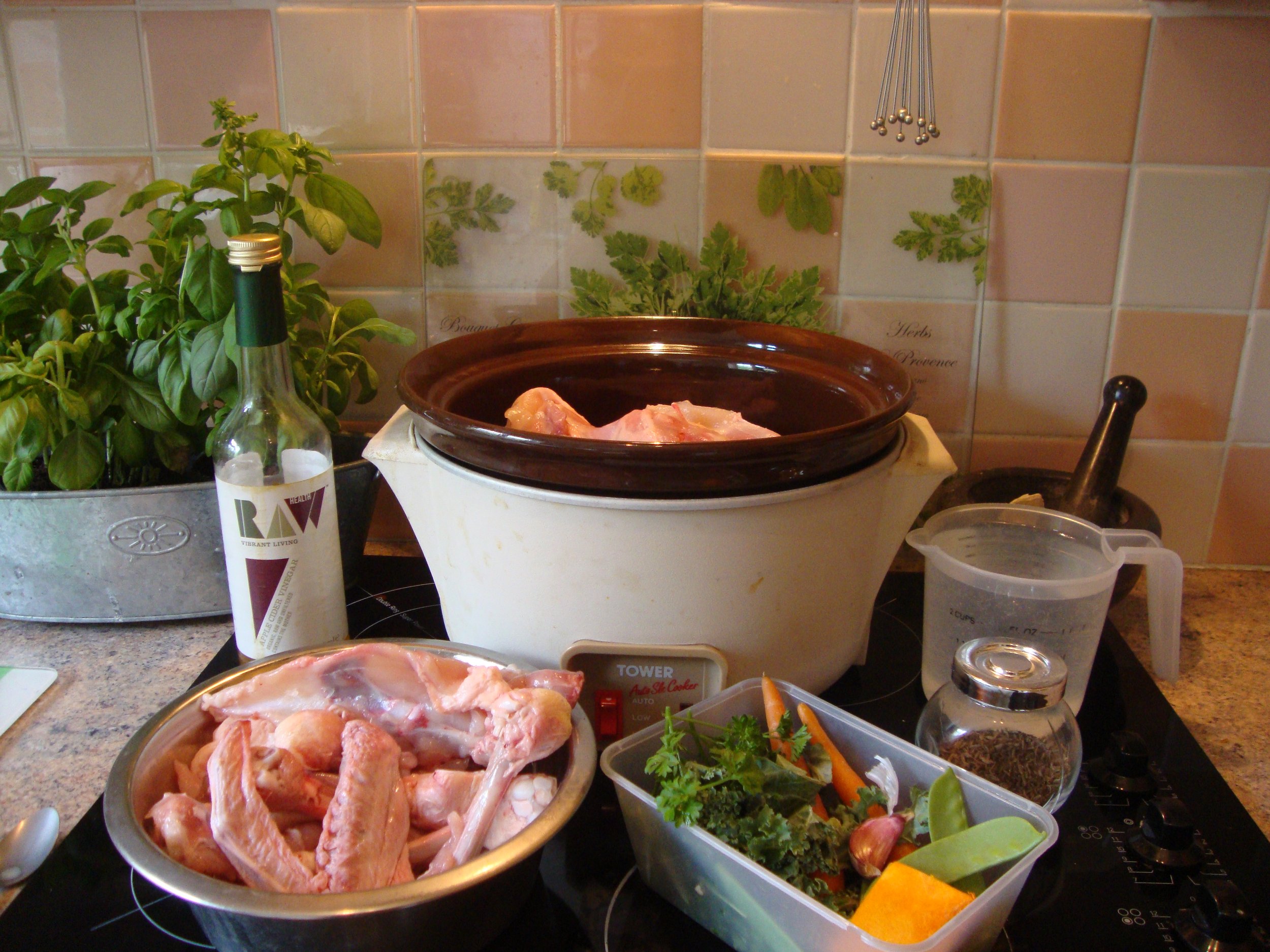The dental hygiene formula for dogs has been created to clean tartar and plaque from the teeth and to improve the overall health and hygiene of the mouth and gums. Although this blend’s main aim is to improve oral health there are so many benefits to feeding this supplement for improving all aspects of health and optimal wellbeing.
The blend is made up of ingredients of the highest human-grade food quality.
The Seaweed used is a certified Organic Fucus vesiculosus Seaweed. It is traceable to the precise location of harvest, from remote areas of the British Isles and Nordic region, so you can thoroughly trust the purity and source.
High quality, pollution-free seaweed is highly nutritious and offers your dog the following benefits:
An effective prebiotic, high in antioxidants.
High levels of vitamins, minerals, trace elements, amino acids, antioxidants & omega fatty acids.
Iodine for optimum thyroid function.
Improves skin, coat, and nail health and loss of pigmentation.
Improved oral health by preventing or aiding in the removal of tartar and plaque formation. Seaweed has antibacterial properties to act against harmful bacteria in the mouth and alongside the other ingredients used greatly aid in disease prevention of teeth and gums.
Fennel is added for its ability to inhibit the build-up of plaque due to its high levels of polyphenols. Fennel can also reduce the growth of harmful bacteria and yeast. It has good levels of manganese, magnesium, Iron, calcium, and fibre. It also helps ease any intestinal gas and aids in digestion.
Oregano has powerful anti-inflammatory, antimicrobial, and antibacterial actions. All these properties assist in creating good oral health and helping to ease issues such as gingivitis. Due to Oregano’s high levels of antioxidants, it is also effective at balancing the gut bacteria.
What is it good for? This dental hygiene for dogs has been specifically created with oral health in mind. It can help remove the build-up of plaque and tartar, and create a healthier environment in the mouth so issues are less likely to occur. If your dog has a serious dental issue that requires veterinary intervention the blend can be used afterwards to aid in the prevention of further disease and hopefully eliminate the need for another tooth clean under anaesthetic, which is particularly important when caring for senior dogs or those with other health problems.
How to use: There are several options for using this dental blend depending on the current health of your dogs mouth and the amount of tartar you are aiming to reduce.
As with any new supplement, it is recommended that you gradually introduce the blend over 5 days. If your dog has a visible build-up of tartare, stained teeth, bad breath, and inflamed gums then it is suggested that the suggested amount is fed over the space of approximately 15 weeks, although you may see a marked improvement well before then. All the amounts to feed are dependent on your dog’s body weight and are stated on the labelling of the product.
If your dog already has clean teeth and good oral health and you would like to keep it that way as they age, then the initial “loading” amount over several weeks isn`t necessary. It is suggested that you feed the full amount for 6 weeks and then drop down to half that amount for maintenance. As an example, a 35kg Labrador would have half a teaspoon (approx. 2g of the powder) daily for 6 weeks, after this time the amount given can be halved if required to a quarter teaspoon (1g) for 5-7 days a week.
If at any time you see discolouring of the teeth, the amount can then of course be increased again to the maximum amount of half a teaspoon for that particular body weight. Each dog is an individual and the rate of plaque formation will vary depending on breed, age, diet and lifestyle so initially it may take a little while to find the exact amount that is suited to your dog.
Can I speed up the removal of hard tartar? Yes, you can speed up the process if there is hard tartare or a build-up in certain areas. Abrasive natural chews or size-appropriate recreational raw bones will help lift the tartar. Teeth cleaning with a toothbrush or lint cloth to ease any loosening tartar away. You may find there is often a stained area at the very top of the canine tooth nearest to the gum line which bones and chews can`t reach. This can be removed with a lint cloth or toothbrush once the supplement has been used for a couple of months.
Important message for certain health concerns:
Due to seaweed’s naturally occurring iodine content, it is not suitable for dogs that are undergoing veterinary treatment for hyperthyroidism or on thyroid medication. Also, avoid feeding this blend to pregnant and lactating females until the litter is weaned.






